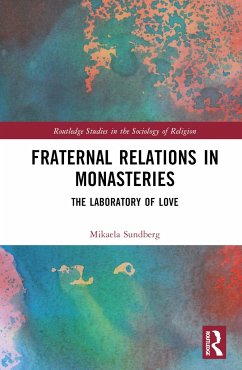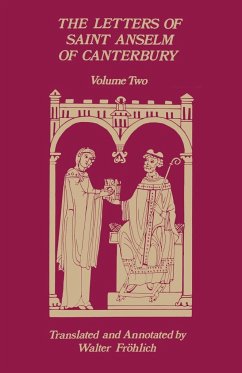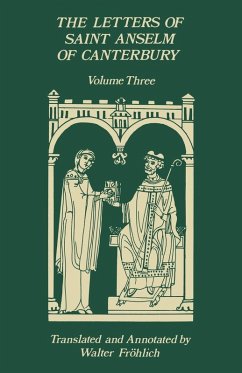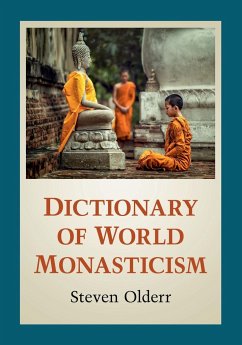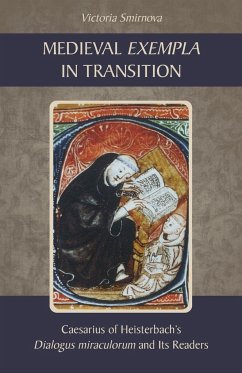
The Early Cistercian Nuns 1098 - 1350
Versandkostenfrei!
Versandfertig in 1-2 Wochen
26,99 €
inkl. MwSt.

PAYBACK Punkte
13 °P sammeln!
The emergence of nuns as members or associates or followers of the Cistercian Order is shrouded in uncertainty. They are not mentioned in the earliest document of the White Monks, the Exordium Parvum, compiled by perhaps 1150, nor in the first codification of Cistercian statutes in 1202. Yet, by the year 1200, in France alone some one hundred nunneries claimed to be Cistercian. From the early to mid-thirteenth century there was to be a rapid growth in the number of convents, reminiscent of the speedy advance of the male houses of the Order in the previous century. By the time of the European R...
The emergence of nuns as members or associates or followers of the Cistercian Order is shrouded in uncertainty. They are not mentioned in the earliest document of the White Monks, the Exordium Parvum, compiled by perhaps 1150, nor in the first codification of Cistercian statutes in 1202. Yet, by the year 1200, in France alone some one hundred nunneries claimed to be Cistercian. From the early to mid-thirteenth century there was to be a rapid growth in the number of convents, reminiscent of the speedy advance of the male houses of the Order in the previous century. By the time of the European Reformation the number of convents in Europe and the Near East claiming to be Cistercian has been variously estimated at between five and nine hundred. In this study, David Williams charts the growth of these female houses ¿ their foundation, the different physical locations of the convent sites, their buildings and possessions, the communities and their finances and their daily life ¿ incorporating a wealth of fascinating detail about many of the nuns themselves and of their royal, aristocratic and clerical patrons. It is a significant contribution to an important aspect of women's history in the mediaeval period.



